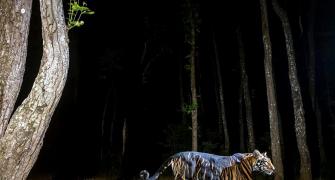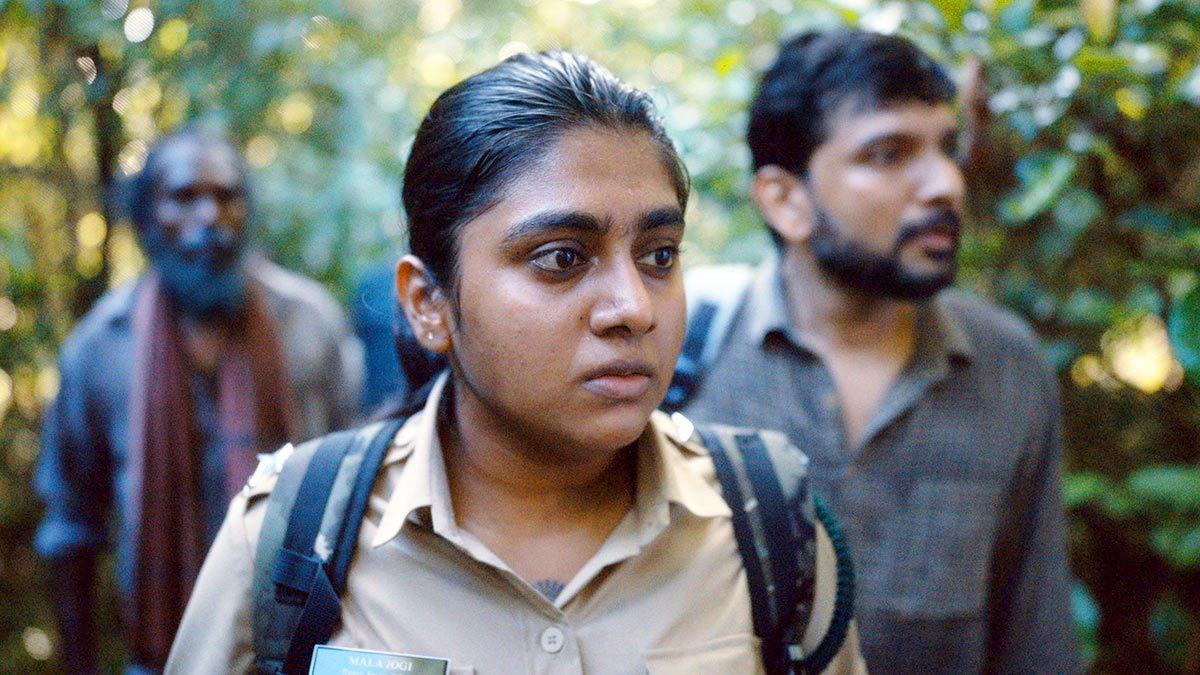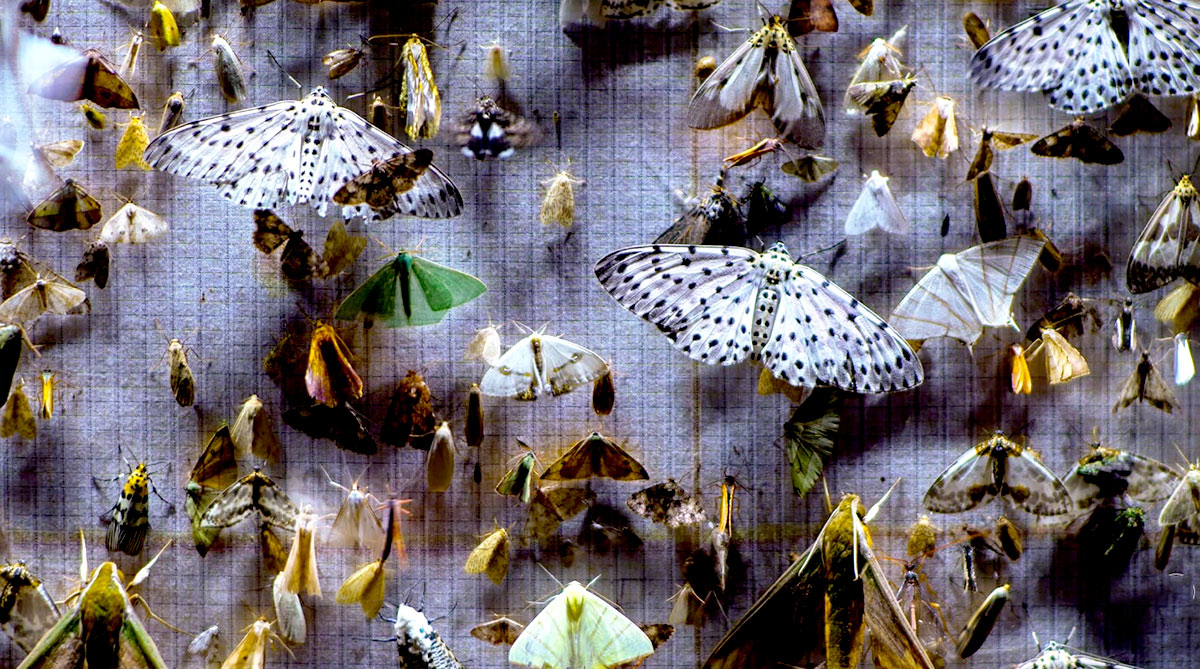'We need to understand and respect wildlife behaviour.'

Before turning to film-making, Shonet Anthony Barretto was a choreographer who studied at Terence Lewis' dance academy.
Her film journey began when her short film Wake Up, a medley of dance and horror, made it to a film festival in San Francisco.
Avni Ki Kismat, which marks her feature debut, is a hard-hitting drama based on the 2018 incident where an elusive 'maneater' was shot dead in Maharashtra. Starring Sanjay Suri, the film was extensively shot in Madhya Pradesh's Pench Tiger Reserve for over 20 days and native villagers were cast to play crucial characters.
Shonet bagged the Best Director award in the Indian Language Films category at the Kolkata International Film Festival.
She believes in the power of socially-relevant cinema and has plans to showcase her film across the country, especially for school children.
"There's a niche audience for socially relevant films, and this is how it is always going to be like. Our audience is always driven to entertainment," Shonet tells Mayur Sanap/Rediff.com.
Avni Ki Kismat was warmly received by the audience at KIFF.
It's important for any film-maker that their film is watched on the big screen.
We had two screenings at KIFF, and one venue was houseful. It's a two hour film and audiences, who did not get a seat, stood and watched the film.
People came up to me and hugged me. They were people who had cried after the film, and waited back to speak to me. It was overwhelming to see how my film resonated with them.

You were a choreographer before starting your journey as film-maker. What got you interested in film-making?
I have always been interested in watching films since childhood.
My parents inculcated that in me.
During the summer vacations, there was a ritual in the house that after having lunch, all of us would watch a film.
I watched films like King Uncle, Bombay, 100 Days, Sadma in my childhood.
I never thought about getting into film-making.
During my college days, when I was majoring in sociology, we had a subject called Research.
I chose doing research on eunuchs in the suburbs of Mumbai. I did a documentary film, which was honestly very amateur, but my professor was touched with what I did.
I felt that films is a medium that brings out people's stories and what people want to really say about their life.
I think this is where the spark ignited.
But things went into a different direction.
I learned dancing from the Terence Lewis Dance Academy and became a choreographer. Then I started with my own dance academy in Mumbai.
My students were mostly from a BMM (Bachelor's in Mass Media) background. Every day after class, we used to sit and talk about films.
It was somewhere in 2016, when I considered doing a short film. The idea was to do a unique film on dance and horror.
It was an eight-minute film, which I did with my students. I wrote and directed it.
I put it on YouTube but I felt I should be doing something more about it.
I randomly searched the top dance film festivals, and saw the San Francisco Dance Film Festival.
I checked for their dates, and they were open for submission. So I submitted my film.
It was selected, and they invited me as a panelist for their film forum.
Once I went to San Francisco, I saw the love and response that I got from my fellow film-makers from all over the world. That is where it all started.
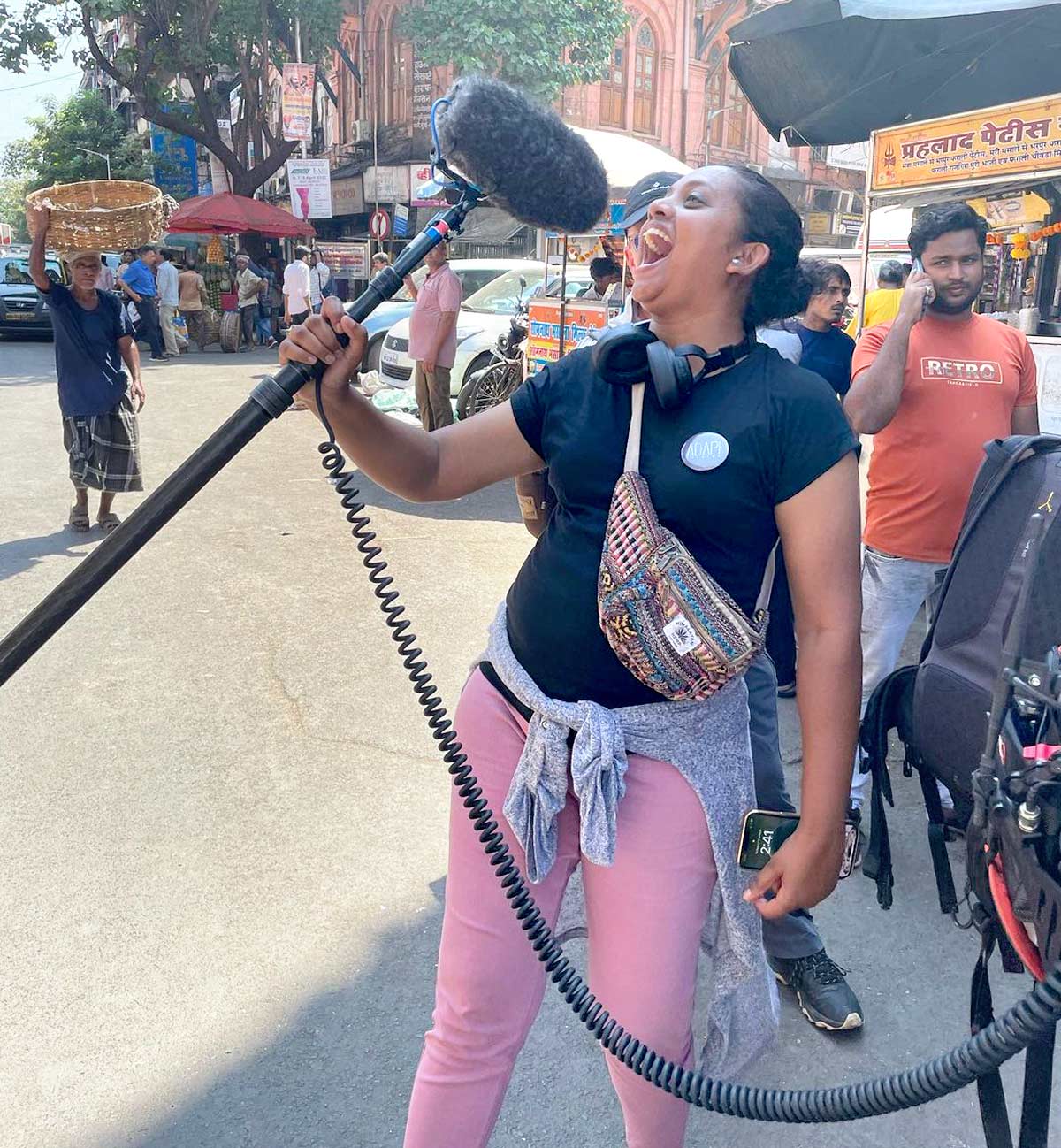
What inspired to make Avni Ki Kismat? Take us through your writing and researching process.
My producer Asit Ghosh is a tiger enthusiast. He had this concept in mind.
Everybody knows about what happened with Avni (the tigress) and he felt it was important to tell the story.
We had a detailed conversation about what we want to bring in our story. The story is fictionalised but based on a real incident.
It took me weeks to write it. I researched and conceptualised this story and decided what my approach would be.
Then I sat with my producers and discussed it.
As you know, in films like these, it's a lot about doing the right thing. It's a sensitive topic.
I felt it was important for me to spend time in the forest.
I used to be a wildlife photographer and was well versed with how it worked.
(For the film) I interacted with the villagers and officials because we are urban dwellers, and these people live in and around the forest. Understanding their perspective was very, very, important.
There are a lot of things that are highlighted in the film. It's about people, you know, but it's not about any particular community or group or organisation. It's about people, so it's a very human story.

What kind of preparation was involved before you shot the film at real locations with real villagers?
There was a huge support from the Madhya Pradesh forest department.
One official was always with us to make sure that was no mistake from our end.
Sometimes the buffer zones are so close to the villages that we had to mindful of the boundaries, as to where we can shoot and where we cannot.
We had a lot more villagers than actual theatre actors from Nagpur and Balaghat in the film.
It was difficult at times because they did not know how to behave in front of a camera. But I think that is what brought the realness to the film.
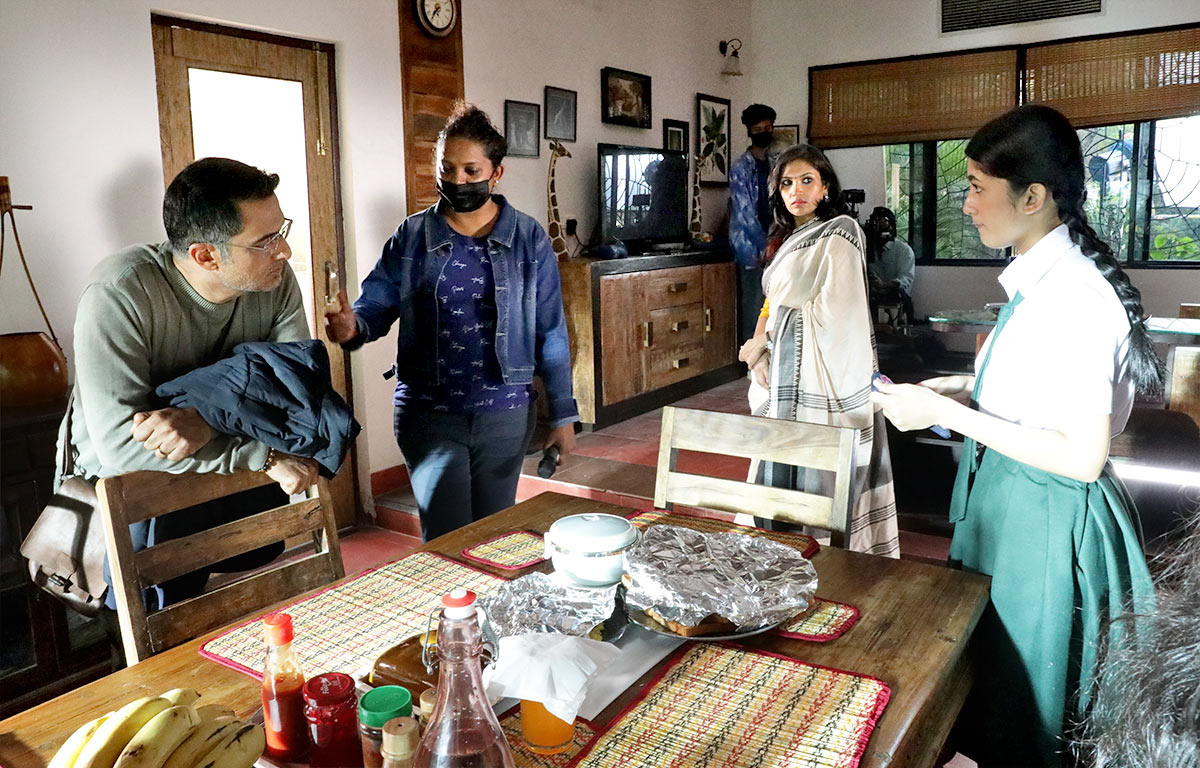
How did Sanjay Suri come on board?
Casting Director Darshit Lahane suggested a few actors and I was really keen on having Sanjay Suri.
Sanjay has done subjects that are sensitive and he's definitely a brilliant actor.
In our first meeting, I explained to him what my thought was on doing this film, and the conversation was lovely. I could not have a better Mihir than Sanjay Suri.
The film sheds light on various faults in the local administration, as it tactfully explores the internal politics. Why was it important for you to showcase this?
Everything starts from the root, right?
It is important for us to understand that corruption is not always at the higher levels, it starts from that small little space, like a small village. And there is always this conflict of thoughts.
The reason for me to show the politics at that level was very important because only then do you see the hierarchy.
I've shown that the sarpanchs of two villages have different thought processes, and that reflects in their respective villages too.
The human-wildlife conflict and wildlife conservation are some important topics that we need to address. What, according to you, do we need to learn and unlearn to strengthen the ecological balance?
Ecological balance is crucial.
We need to understand and respect wildlife behaviour.
Fostering co-existence rather than confrontation, implementing sustainable practices and raising awareness about the importance of biodiversity is essential.
We need to unlearn habits that disrupt the ecosystem, such as over exploiting natural resources, land use etc.
The worst of all is that we view wildlife as a threat rather than a vital part of our environment.
That is something that we need to unlearn and stop.

The film could be a companion piece to Vidya Balan's Sherni, given the similar premise. Are you worried that audiences would draw comparisons?
It's understandable to draw parallels between two films tackling similar themes, but I'm not worried about the comparisons.
My story has a different perspective, and the graph is completely different. This film story is driven by a motive.
It is just not about highlighting or speaking about an incident that happened. It's about what I want to bring about from this incident, and what is the change I'm looking at.
I would want people to understand that we need to bring about a change.
So how can we work towards it?
Last year, we saw a rise of mass masala film-making. Do you think it's increasingly difficult for socially relevant films to stay afloat?
There's a niche audience for a film like this, and this is how it is always going to be.
Our audience is always driven to entertainment.
To make films with socially driven subjects is a choice a film-maker makes.
I accept the fact that the films I choose is not going to interest everyone, and I'm okay with it.
But in today's times, we have OTT platforms, so it's not very difficult to reach your target audience.
I want this film to be taken to schools and colleges as well.


